Gross Motor Skills for Preschoolers
You’ve probably heard of gross motor skills, but what are they exactly? And why are they important? Gross motor development is fascinating. Watching a child’s gross motor development starting as babies all the way to the teenage years is pretty neat!
When my children were toddlers, I began doing quite a few fine motor activities at home. I realized I was doing fewer activities focused on gross motor skills, so I decided to make a change and start doing activities to help them develop those large motor skills. Movement is SO important to incorporate into every single day, especially with little ones.
Today I am sharing what gross motor skills are and why they are important. At the bottom of this post, you’ll also find a printable checklist.

What are Gross Motor Skills?
Gross motor skills are the abilities required to control the large muscles of the body for movements such as crawling, walking, jumping, and skipping.
How do Gross Motor Skills Develop?
We learn from head to toe, starting as infants. Our upper body muscle control precedes the lower body muscle control. As babies grow, they first develop control in their trunk and then they grow in control of their elbow, wrist, and fingers. The same goes for the lower body. They gain control in their hips first, then they learn to control their legs, feet, and toes.
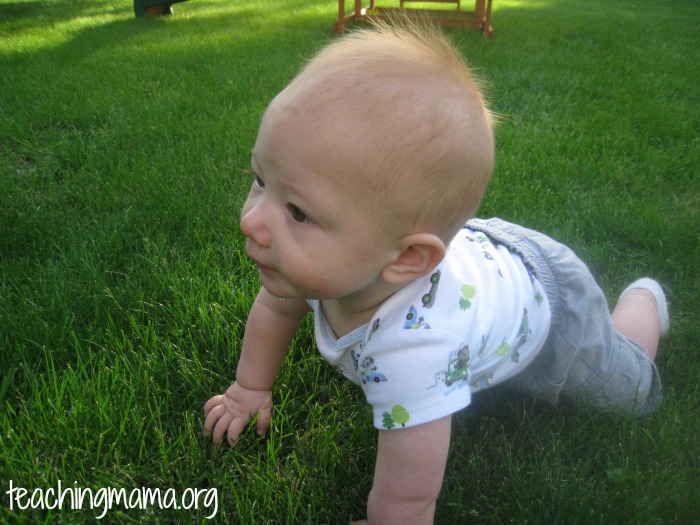
The next stage of development is the manipulation of toys with fingers and hands. Have you ever noticed that a child contorts their feet or tongue in the early days of drawing with a crayon? It’s because they are learning that new skill and it emerges from a near-total body involvement and it takes a lot of coordination.
Then, we have the trend of showing preference to one side. For example, kids may start throwing a ball with either hand, but eventually they develop a preference in which hand they use to throw. Children generally experiment with both sides of the body until a preference is made.
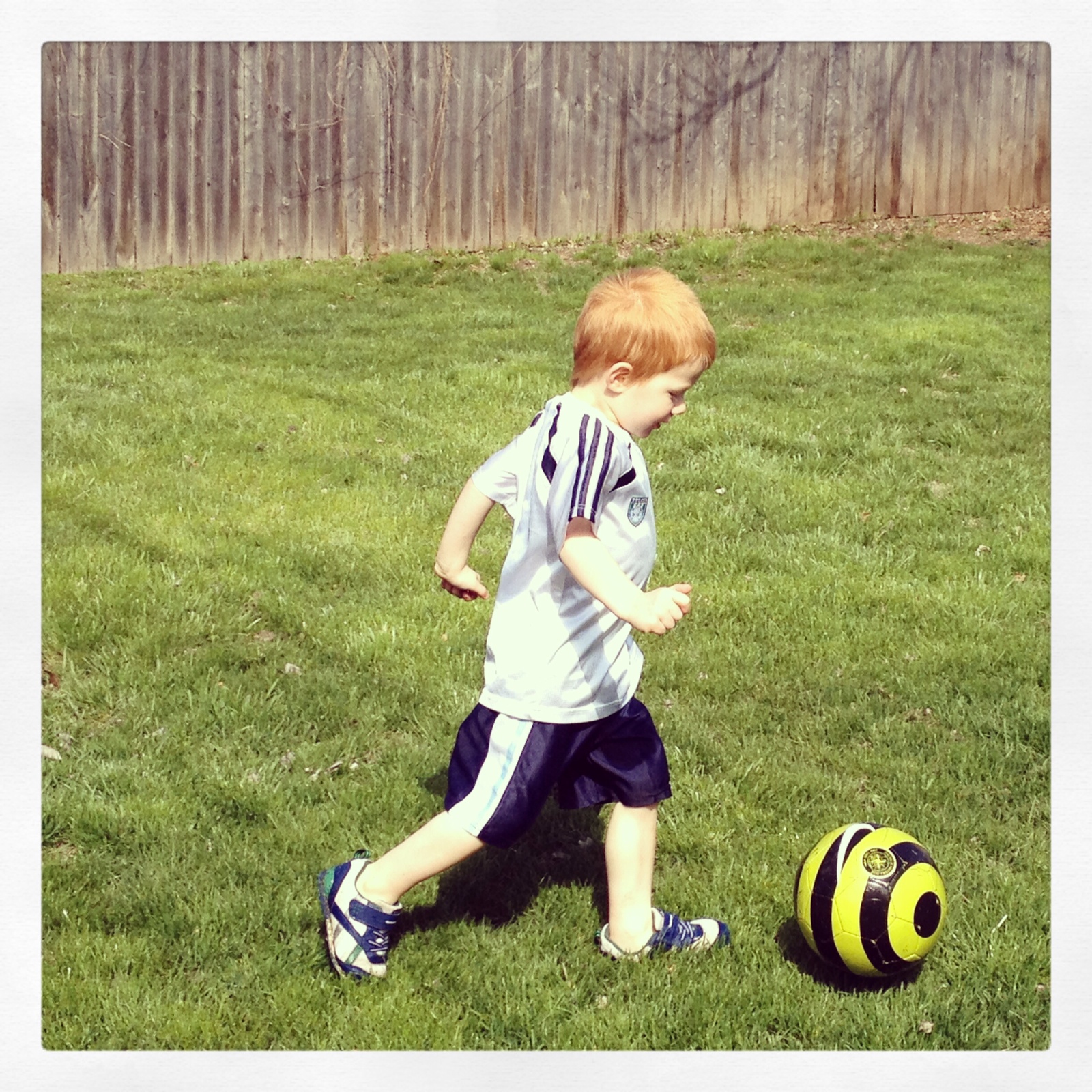
After they’ve gained control of their body, they start building strength. Preschoolers need lots of opportunities to practice movement! That’s how they learn and grow.
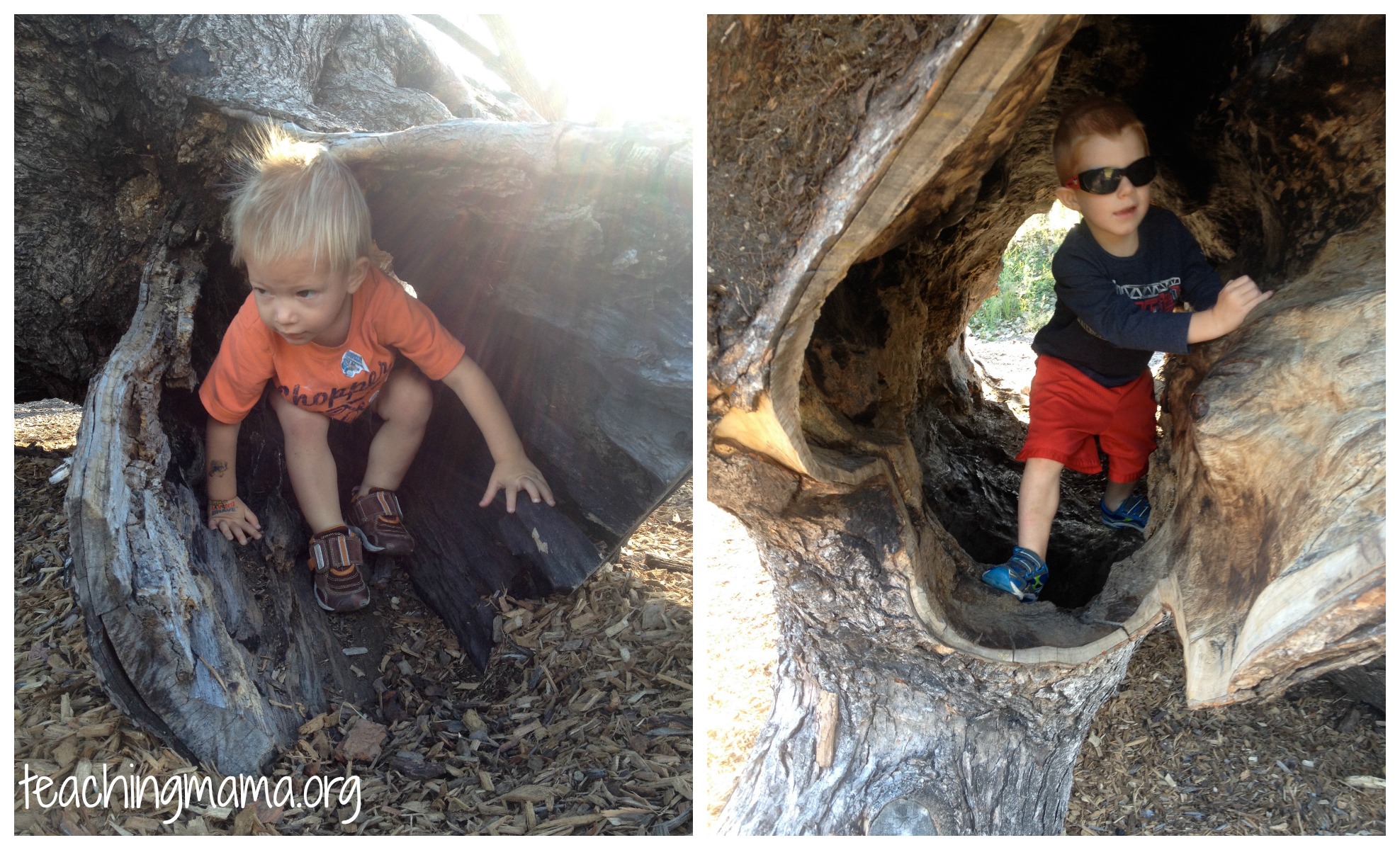
Gross motor movements are categorized in 3 ways:
1. Locomotor activity — the movement from one spot to another. Examples: walking, running, climbing, leaping, jumping, hopping, galloping, sliding, and skipping.
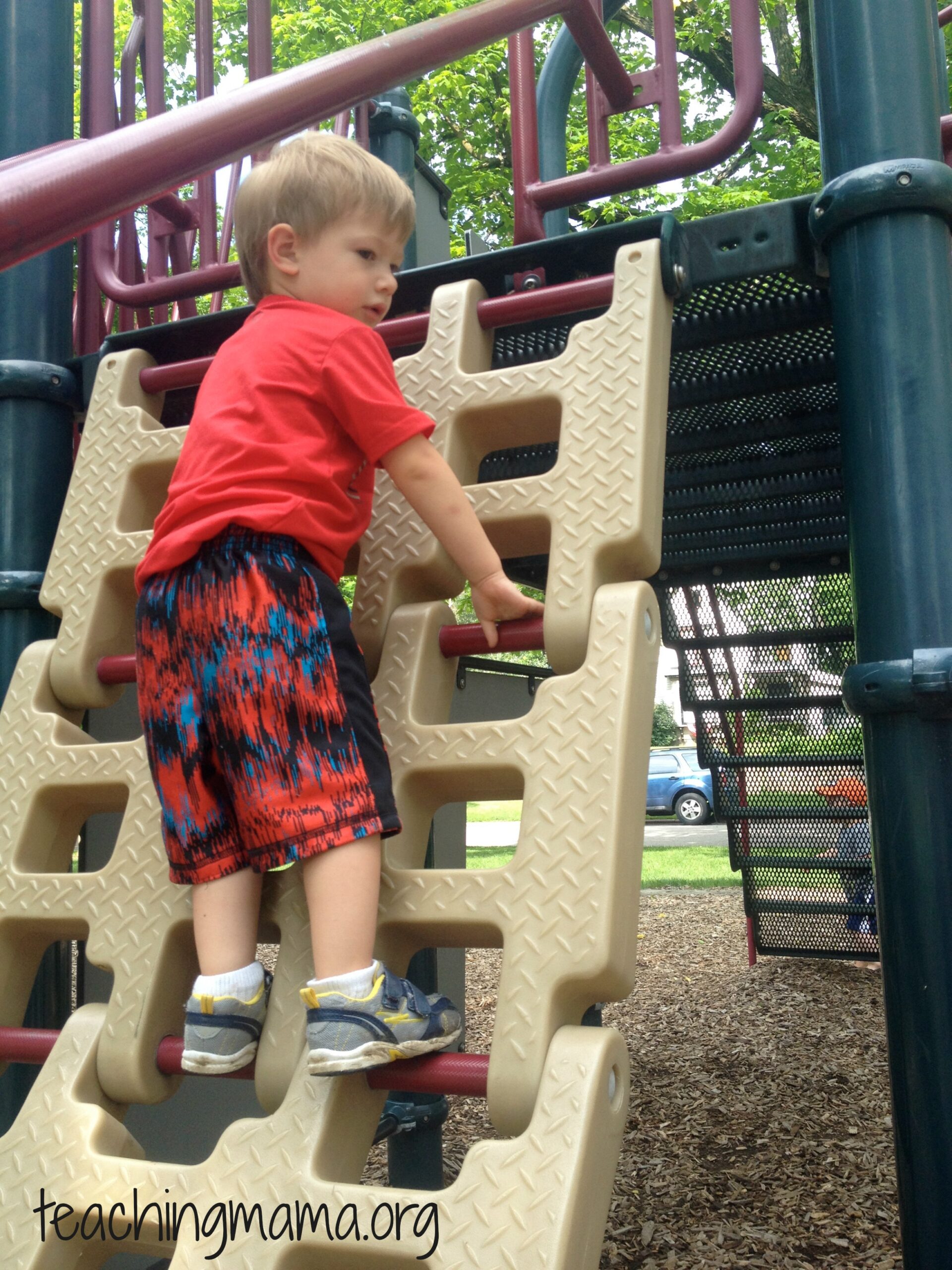
2. Non-locomotor activity — movement in a stationary place. Examples: pushing, pulling, bending, stretching, twisting, turning, swinging, swaying, rising, and falling.
3. Manipulative skills — moving objects in a variety of ways. Examples: throwing, kicking, striking, and catching.
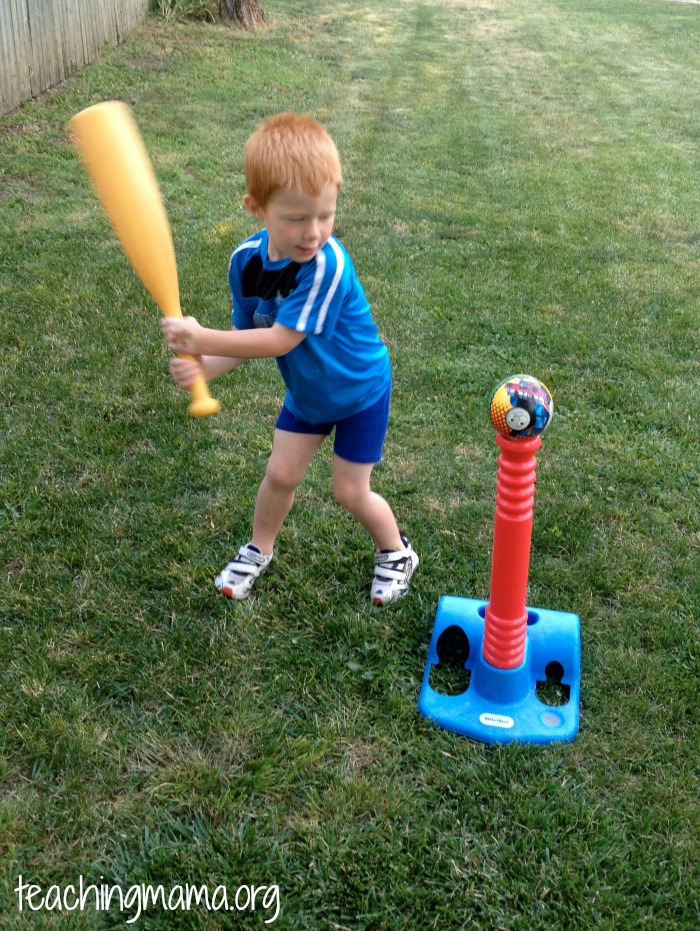
Why Are Gross Motor Skills Important?
Working on gross motor skills helps a child gain strength and confidence in their body. It also helps them get exercise and physical activity, which is important for a healthy lifestyle. Developing these skills helps a child’s ability to do more complex skills in future activities, such as playing a sport with a team.
Fine vs. Gross Motor Skills
Let’s talk about the difference between fine motor skills and gross motor skills.
Fine motor skills require the use of smaller muscle groups to perform tasks that are precise in nature. These are activities that use hand muscles to manipulate small pieces or use small movements to complete tasks. Here are some examples of fine motor activities:
- strings beads
- buttons
- zips
- snaps
- laces
- grasps crayon and pencil correctly
- completes a simple puzzle
- uses tweezers
For more ideas for fine motor activities, visit this blog post.
Developing solid gross motor skills can help your child build their fine motor skills.
Gross Motor Skill Milestones:
For this blog post, I am sharing preschool gross motor skills. If you’d like to learn about milestones for babies and toddlers, I recommend reading this post.
All of the information shared below is available in a PDF form. You can find it at the bottom of this post.
Here are preschool milestones for gross motor skills:
Locomotor Skills
- runs with control
- walks on tip toes
- shuffles from side to side
- hops 5 times on one foot
- begins to skip
Jumping
- jumps with 2 feet
- jumps over an object with one foot first
- jumps on 1 foot
- jumps over an object with two feet
- begins to jump rope (advanced)
Balance and Coordination
- balances on one foot for 5-10 seconds
- walks on a line
- walks on a balance beam forwards
- walks on a balance beam backwards
- rides a tricycle
- touches feet while standing
- twists at the waist with arms in
- twists at the waist with arms out
- walks up the stairs with alternating feet
- walks down stairs with alternating feet
Playing
- performs somersaults
- uses a slide
- climbs a playground ladder
- completes a log roll
- pumps legs to maintain momentum on a swing
- throws a ball with accuracy
- bounces a large ball
You can print this list and check off the skills as the child masters them.
Please use this as a guide. As with any checklist, don’t get too hung up if you see gross motor skill delays. Each child is unique and grows at their own pace. It’s ok if your child’s motor milestones look different. If you do have questions or concerns about this, please consult your physician or talk with an occupational therapist.
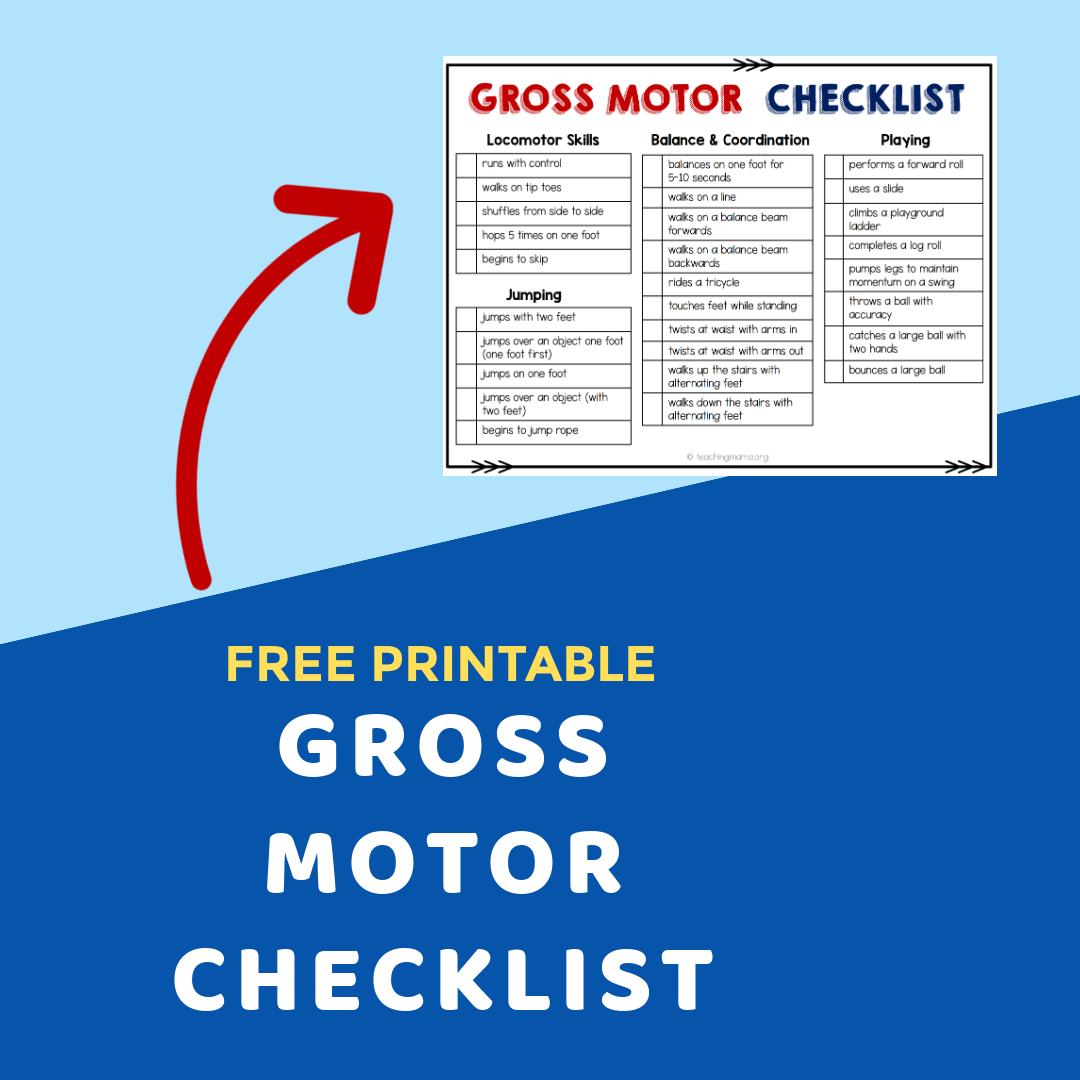
You can get the checklist by clicking the words below:
>>> Gross Motor Checklist
I hope you’ll find lots of ways to incorporate movement into your day and encourage the development of gross motor skills!

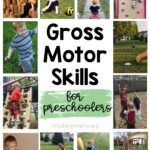
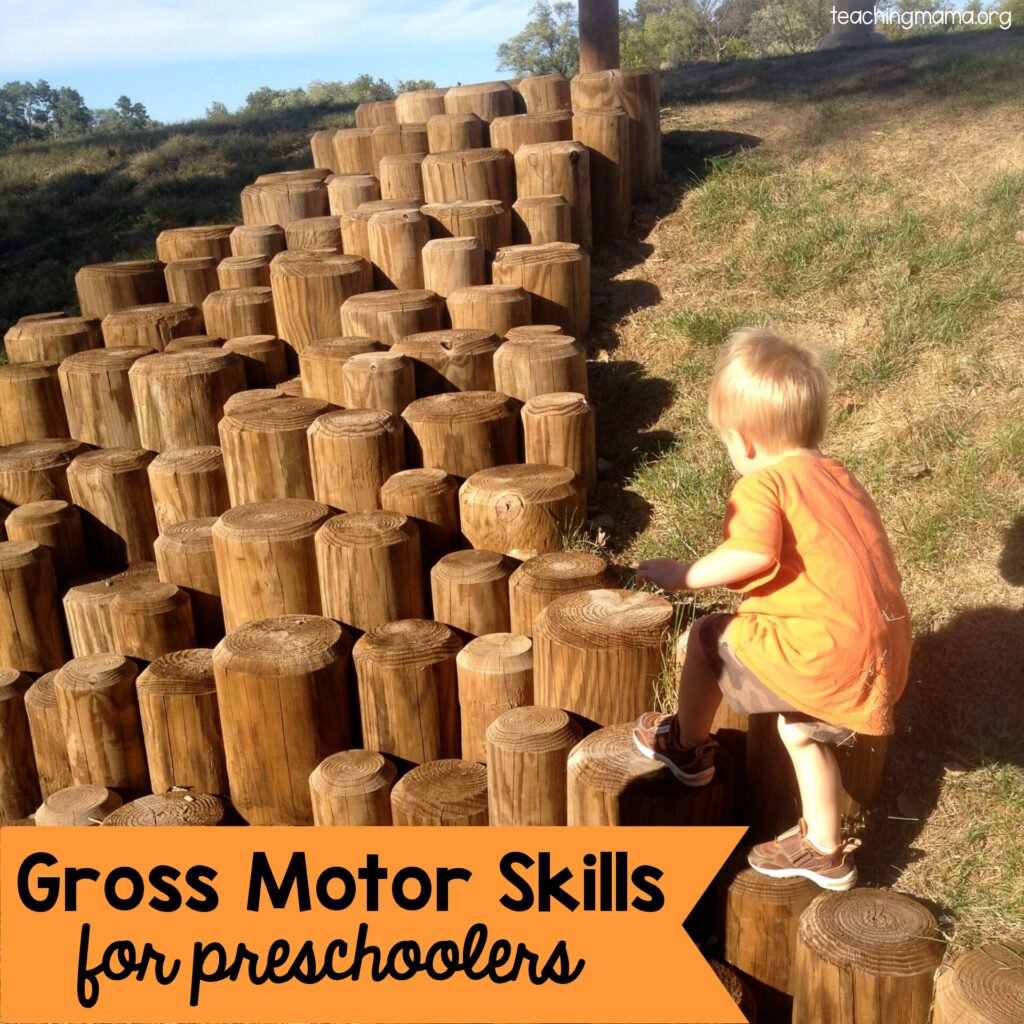
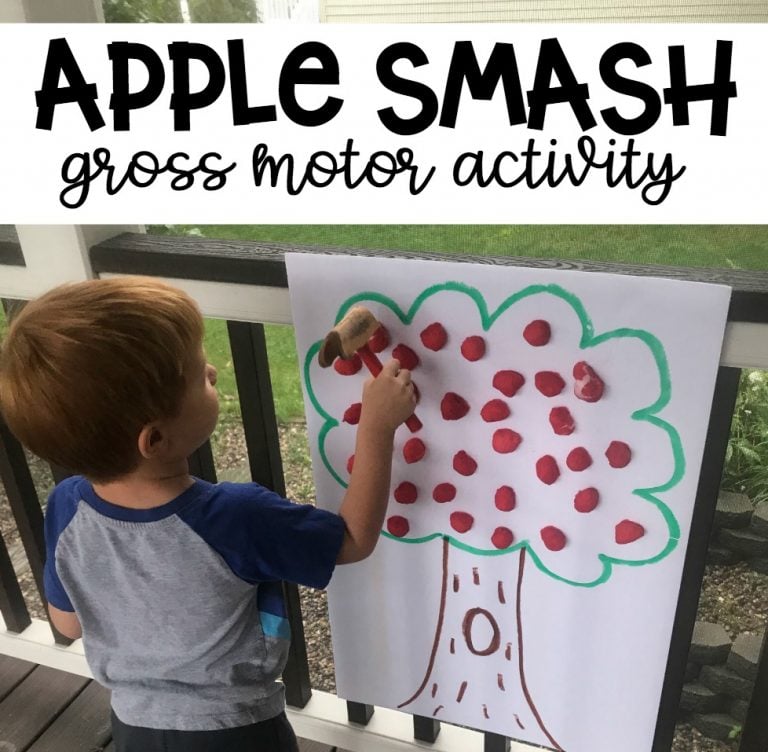
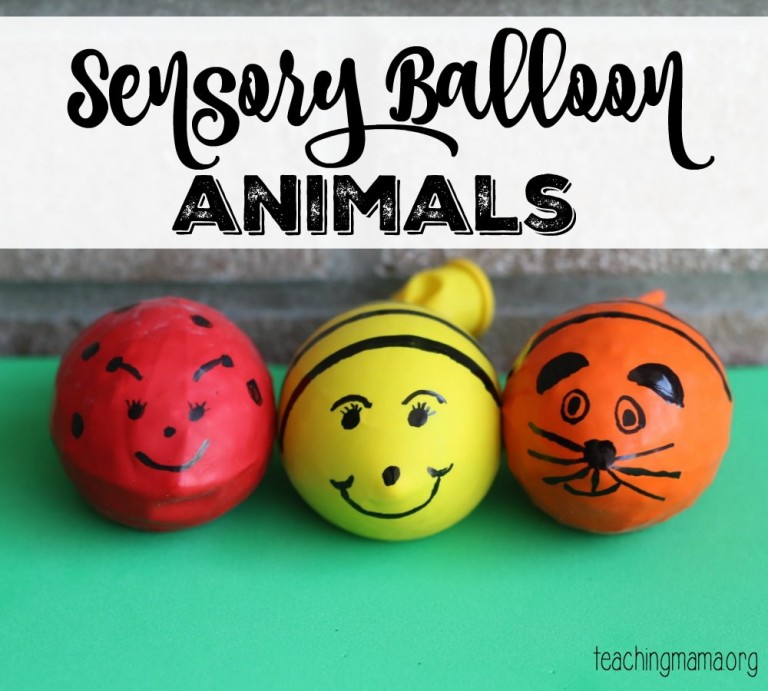
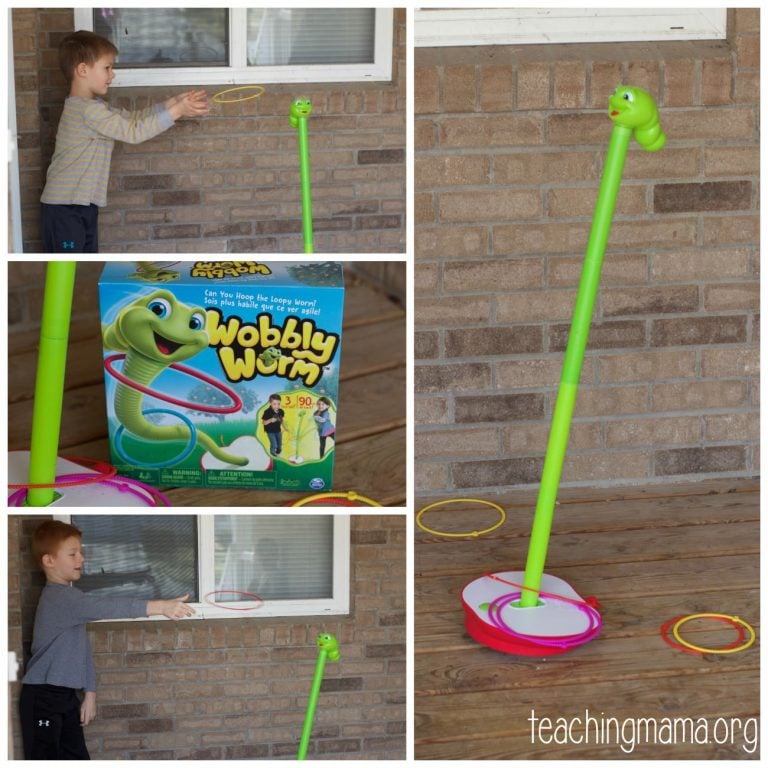
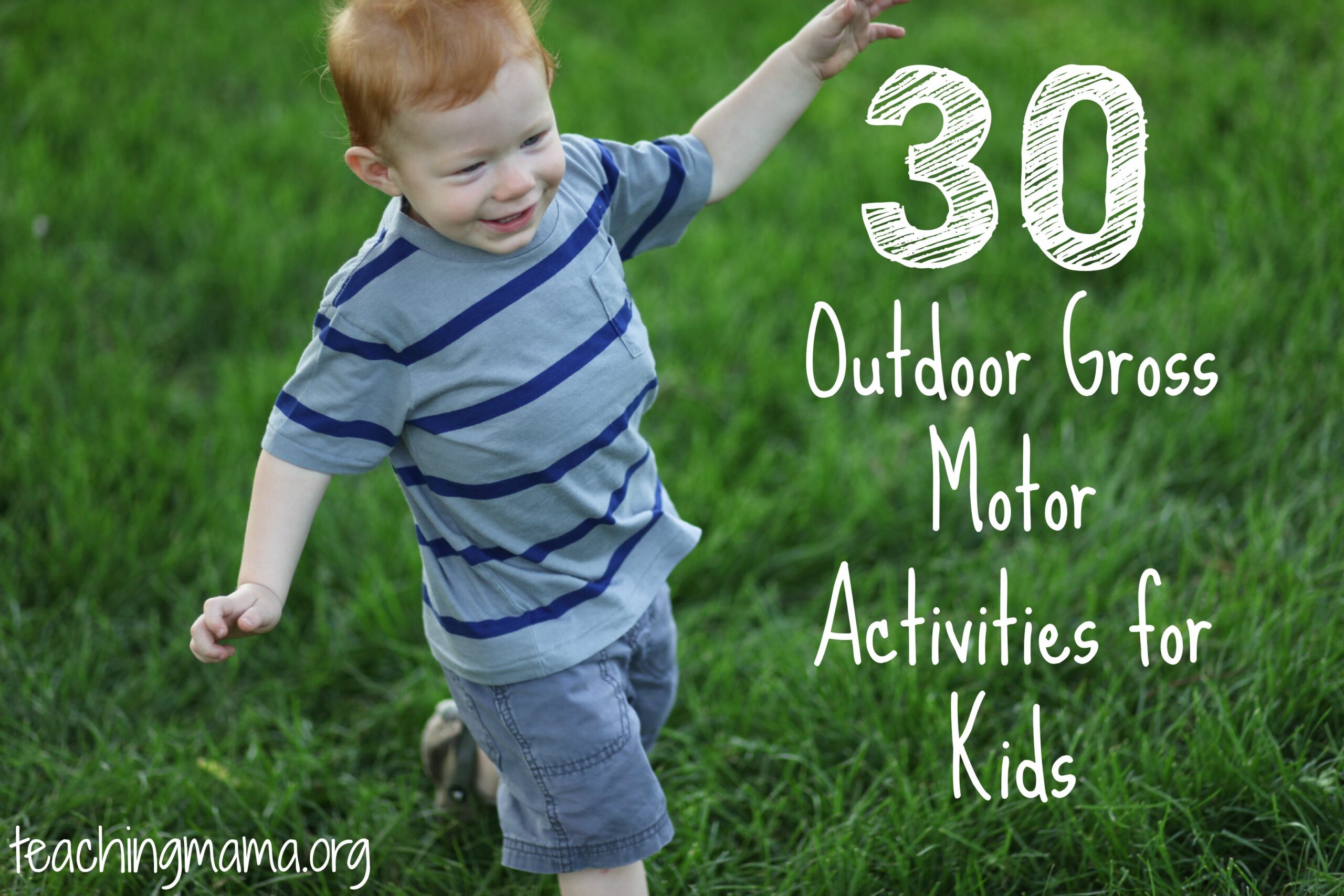

I am planning to start a day care and developing gross motor skills in toddlers is going to be a chief area of work. Found your article very informative. Thanks
Great article! Interesting and informative.
Thinking about and practising gross motor skills opens a world of adventure to little ones. Parents and care givers would benefit from reading and following up on what you say.
Thank you!
Love this! We try to spend the hour after dinner (before bath) outside every night, playing tag, learning to ride bikes, or on the swingset 🙂 This is so easy during these lovely months. I would love to see your ideas for inside gross motor activities, it’s harder for me to foster in the house. Thanks!